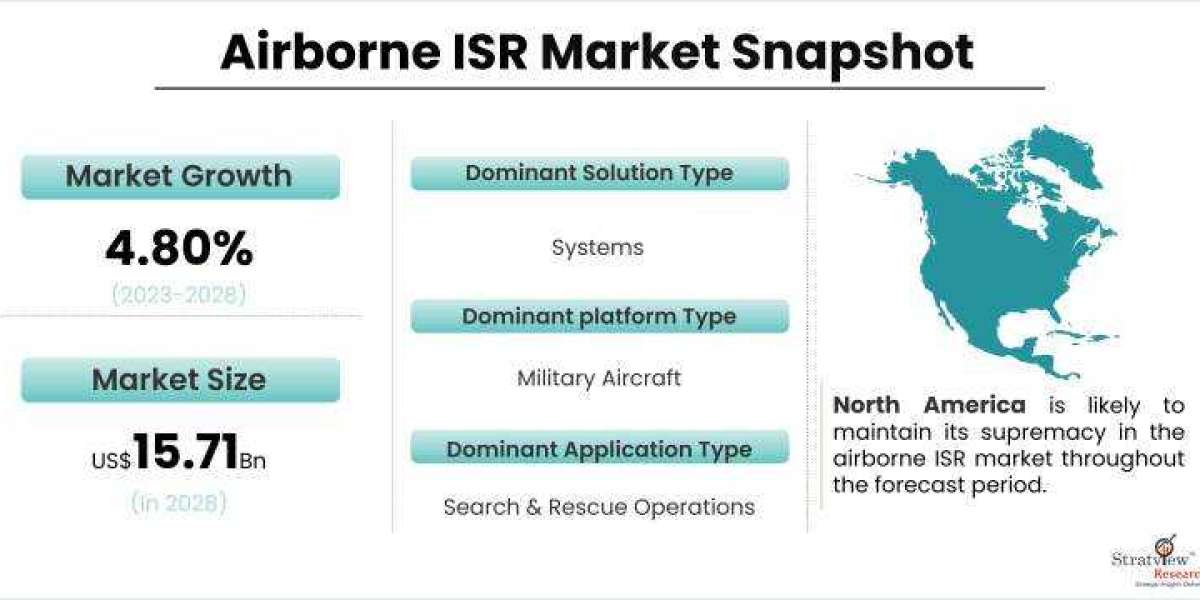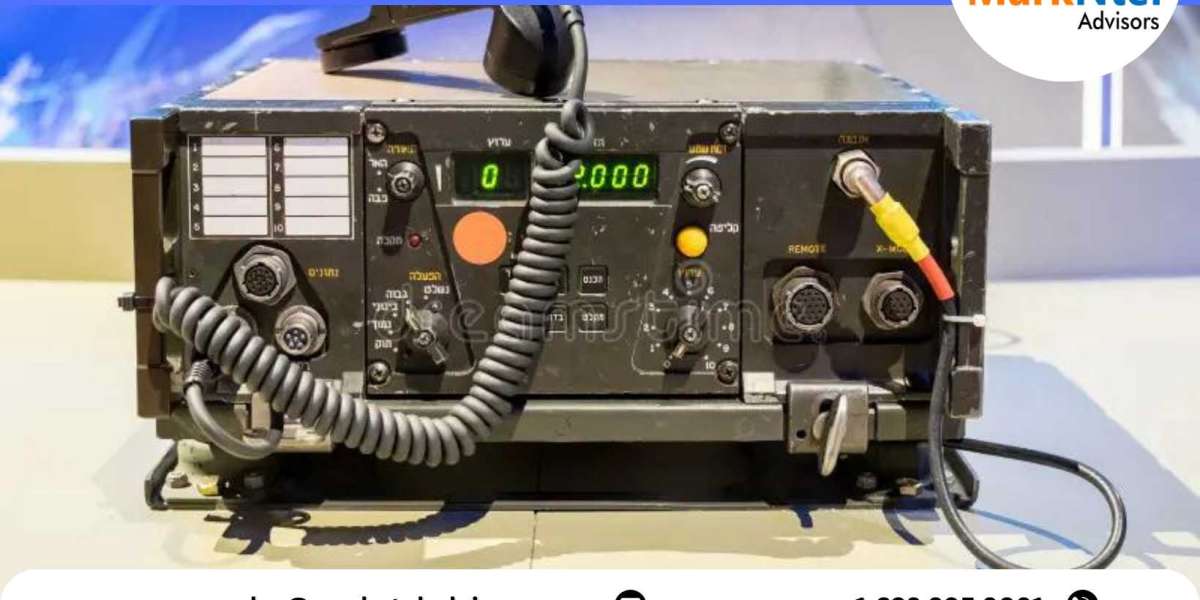While Airborne Intelligence, Surveillance, and Reconnaissance (ISR) capabilities are widely recognized for their importance in military operations, their applications extend beyond the defense sector. The utilization of airborne ISR in civilian operations has grown significantly, offering a range of benefits across various industries. This article explores the applications and advantages of airborne ISR in civilian operations, highlighting its transformative impact on sectors such as disaster management, environmental monitoring, and infrastructure development. The airborne ISR market is estimated to grow from USD 10.45 billion in 2022 and is likely to grow at a CAGR of 4.9% during 2023-2028 to reach USD 13.96 billion by 2028.
Disaster Management and Emergency Response:
Airborne ISR plays a crucial role in disaster management and emergency response scenarios. During natural disasters, such as hurricanes, floods, or earthquakes, airborne platforms equipped with advanced sensors and imaging technologies can rapidly assess the extent of damage, identify areas requiring immediate assistance, and facilitate search and rescue operations. Real-time aerial surveillance enables authorities to make informed decisions, allocate resources effectively, and coordinate response efforts, thereby saving lives and minimizing the impact of disasters.
Environmental Monitoring and Conservation:
Airborne ISR offers valuable capabilities for environmental monitoring and conservation initiatives. Through the use of aerial platforms, such as drones or aircraft, environmental agencies and researchers can gather high-resolution imagery, multispectral data, and other sensor readings to monitor ecosystems, track wildlife populations, detect changes in land cover, and assess the impact of human activities on the environment. This information aids in developing conservation strategies, managing protected areas, and ensuring sustainable practices.
Infrastructure Development and Urban Planning:
In the field of infrastructure development and urban planning, airborne ISR provides critical insights and data for decision-making processes. By conducting aerial surveys and mapping, airborne platforms can capture accurate topographic information, assess terrain suitability, and identify potential risks or obstacles for infrastructure projects. The data gathered assists in designing efficient transportation networks, optimizing urban layouts, and improving land management practices.
Agriculture and Crop Monitoring:
Airborne ISR plays a significant role in agriculture and crop monitoring, contributing to increased yields and sustainable practices. Utilizing remote sensing techniques, aerial platforms can capture data on crop health, soil moisture levels, and vegetation indices. This information helps farmers make informed decisions about irrigation, fertilizer application, and pest management, optimizing agricultural practices and reducing resource wastage. Aerial monitoring also enables early detection of crop diseases, allowing for timely interventions and minimizing yield losses.
Law Enforcement and Public Safety:
Airborne ISR has proven to be valuable in law enforcement and public safety operations. Aerial platforms equipped with advanced sensors, thermal imaging, and video surveillance capabilities enhance the capabilities of law enforcement agencies in monitoring public spaces, crowd management, and search and rescue missions. Additionally, airborne ISR assists in border surveillance, maritime patrols, and counterterrorism efforts by providing enhanced situational awareness and supporting intelligence-led operations.
Benefits of Airborne ISR in Civilian Operations:
- a) Rapid and Real-time Data Acquisition: Airborne ISR platforms provide the ability to gather data rapidly over large areas, enabling quick decision-making and response in critical situations.
- b) Enhanced Situational Awareness: Aerial surveillance offers a comprehensive and real-time view of the operational environment, facilitating better understanding, coordination, and resource allocation.
- c) Cost-effective Operations: Airborne ISR platforms provide cost-effective alternatives to traditional methods of data collection, such as ground surveys or manned aircraft, reducing time and resource requirements.
- d) Improved Safety and Risk Mitigation: By allowing operators to assess hazardous areas or emergency situations from a safe distance, airborne ISR enhances the safety of personnel involved in civilian operations.
- e) Environmental Monitoring and Conservation: Airborne ISR contributes to the preservation and sustainable management of natural resources, assisting in biodiversity conservation and environmental protection efforts.
Conclusion:
The applications and benefits of airborne ISR in civilian operations are vast and diverse. From disaster management and environmental monitoring to infrastructure development and public safety, aerial platforms equipped with advanced sensors and imaging technologies enhance decision-making, resource allocation, and response capabilities. By leveraging airborne ISR, organizations across various sectors can achieve improved operational efficiency, greater situational awareness, and enhanced outcomes in their respective fields. Continued advancements in sensor technologies and data processing techniques will further expand the potential and effectiveness of airborne ISR in civilian applications, contributing to a safer, more sustainable, and better-informed society.














